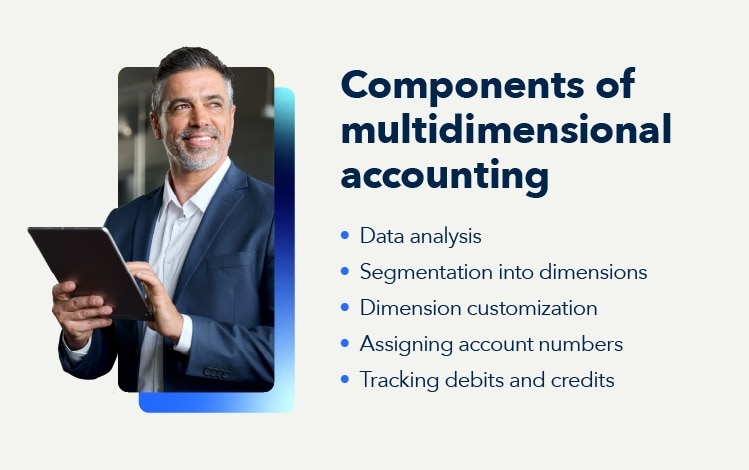Multidimensional accounting helps segment and analyze information across various dimensions. Unlike traditional accounting systems, which primarily focus on a single dimension—typically accounts—multidimensional accounting incorporates multiple aspects.
Common dimensions in a multidimensional accounting system include:
- Departments: Track financial performance by specific departments
- Products or services: Analyze profitability or costs associated with different product lines or services
- Regions: Understand revenue and expenses based on areas
- Projects: Track profitability on a per-project basis
Many businesses use tags or codes to create a multidimensional account system within their current accounting software. For example, you can turn your current system into a multidimensional accounting one with an accounting numbering system.
Account numbering system
An account numbering system is a structured way to assign unique identifiers to each account in the general ledger (GL). This system usually combines numbers and letters to categorize accounts, such as assets, liabilities, revenue, and expenses. For example, a revenue account might include a department tag, product tag, and region tag.
Dimensions of a general ledger
From there you can add multiple dimensions to the general ledger. The dimensions of a general ledger typically include:
- Account code: Primary identifier for the type of a transaction
- Cost center: Department or unit within the company responsible for the transaction
- Product/service line: Product or service related to the transaction
- Location: The geographical area where the transaction occurred
- Project code: Identifies the project associated with the transaction








